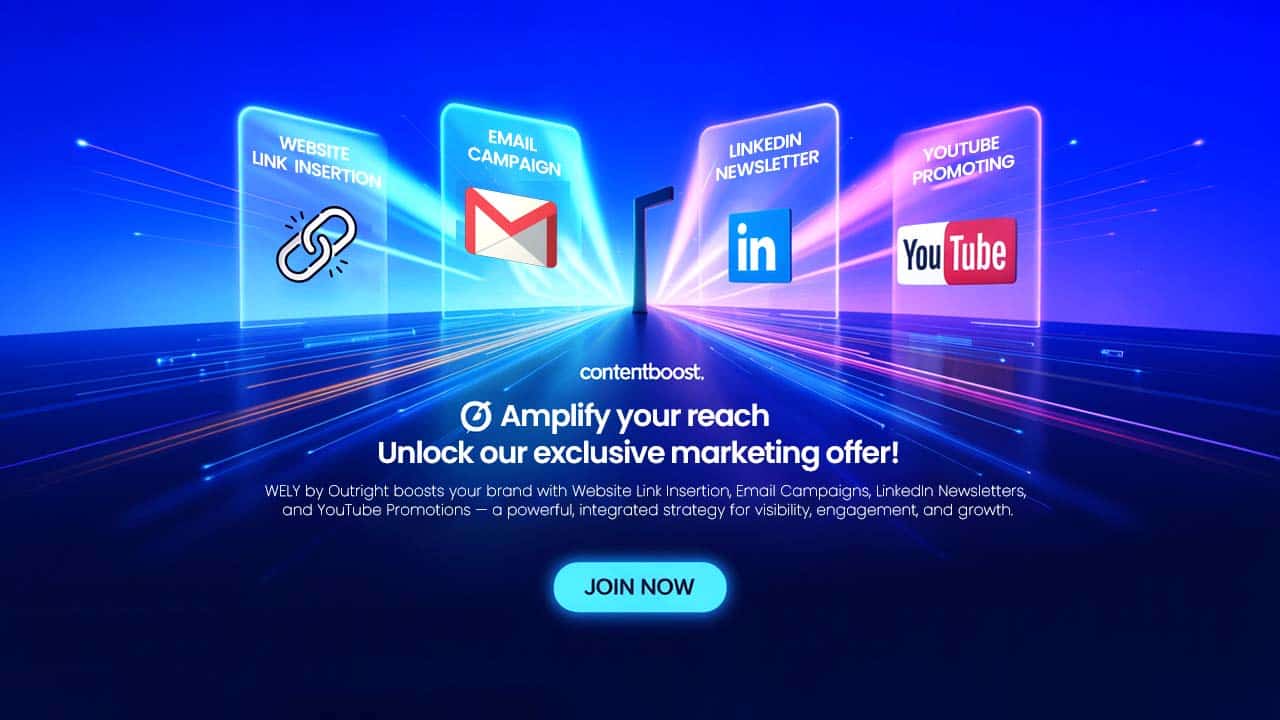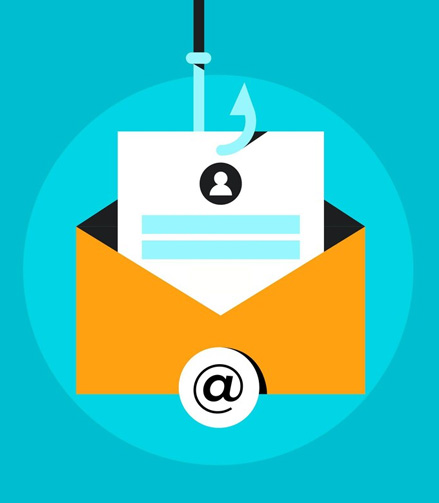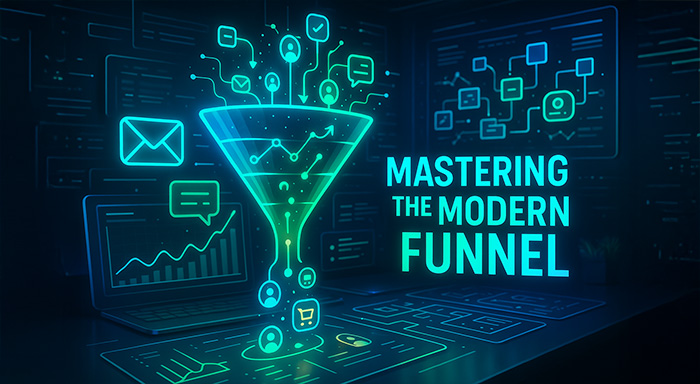In an ever-evolving digital landscape, interacting with potential clients and assisting them through the entire sales funnel has become a highly complex and resource-driven task. It's far beyond conventional methods,
In an ever-evolving digital landscape, interacting with potential clients and assisting them through the entire sales funnel has become a highly complex and resource-driven task. It's far beyond conventional methods, like one-size-fit-all email and manual lead follow ups. Modern consumers demand timely, relevant, and personalized communication and support for long term. This is exactly what Marketing Automation can solve. It acts as a revolutionary solution that encourages businesses to streamline complex marketing tasks and deliver services tailored to user expectations through well-planned Marketing Automation Strategies.
Essentially, marketing automation is a technological advancement that uses cutting-edge algorithms to automate repetitive tasks that manual processes take hours to complete. The goal is to simplify outreach and sales tasks, enhance efficiency, and produce high ROI (return on investment). From first click to final purchase and beyond, this all-inclusive marketing automation strategy led to a smoother customer journey than simple email campaigns. This comprehensive blog uncovers the top, effective marketing automation strategies, highlighting the core elements, executing essential practices. Additionally, it also indicates its significant impact on entire sales lifecycle, boosting customer engagement and driving business growth.
The Basics of Marketing Automation
How does Marketing Automation work? Before jumping into specific strategies, understanding its essential tools and elements can put you in a better position. These crucial components work simultaneously to store, nurture, and convert prospects into loyal customers using an efficient, systematic approach while performance marketing metrics ensure that every automated action contributes to measurable outcomes.
- Lead Creation and Capture: This is the starting point for all your automation techniques. It includes leveraging landing pages, automated forms, and lead magnets to collate contact details from interested visitors.
- Customer Segmentation: The process of marketing automation enables you to easily segment your audience into groups based on interests, demographics, behaviors, and other criteria. This is a vital aspect of delivering tailored content.
- Lead Nurturing: It is an elaborate process that refers to developing strong bond with a lead through a sequence of automated communications. For example, there are email sequences that are purpose built to inform the audience and encourage them to make a purchase.
- Lead Scoring: By giving a numerical score to every lead as per their behavior and engagement levels, you can categorize leads as qualified or not qualified. It is an effective way to recognize leads that are more qualified than others. You can designate a salesperson to the qualified lead and drive the conversation toward conversion.
Without such basic elements, approaching marketing automation will only be ineffective and disjointed. The main aim is to ensure a cohesive platform where every step taken by a prospect creates an automated and relevant response.
Strategic Methods for Marketing Automation
Successful marketing automation is not just about automating a few email campaigns and then forgetting about them altogether. There is a need for strategic thinking and an approach that integrates such campaigns with the customer journey and business objectives. Let us learn a few of the most effective strategies you can execute.
1. The Automated Drip Campaign
A drip campaign can be defined as a series of automated emails sent to a particular client over a set time period. It is one of the most common and successful marketing automation strategy, especially when it comes to nurturing leads:
- Welcome Series: When a new user registers for the newsletter or proceeds to download a resource, they must receive an automated welcome email almost instantly. A finely crafted and tailored welcome series can give a nice introduction about your brand. It can also showcase key services or products and foster initial engagement.
- Campaigns Triggered by User Behavior: Such campaigns can be a great source of personalization of user experience. Essentially, these campaigns are triggered after a user takes a particular action on your application or website. For instance, if a user includes an item to the cart, however, then forgets to purchase the item. In such a situation, an automated email can be triggered along with a discounted code and a reminder that encourages users to complete the purchase.
2. Scoring Workflows and Lead Nurturing
Lead nurturing can be defined as the process of lead engagement with a series of engagements that builds trust and provide great value. Marketing automation takes this process of lead nurturing to new heights by ensuring smarter and more dynamic nurturing workflows.
- Establishing Scoring Rules: Determine what an ideal “qualified lead” is for your business. For example, a lead might get extra points if they visit the pricing page, open numerous emails, or download a whitepaper. If they remain inactive for a while, they may start to lose points.
- Foster Nurturing Paths: Develop distinct lead nurturing paths as per the behavior and score of the leads. A lead having a great score might get a demo request form or case study as per the campaign design. On the other hand, a low-scoring lead might get added to the recipients’ list who are supposed to get a more general series of emails.
- Automated Sales Handoff: In the sales cycle, when a lead achieves a certain score, the automation platform can notify a salesperson automatically and give them a complete history of lead interactions. This makes sure that sales representatives are only interacting with the most qualified and warmest leads.
The Potential of Dynamic Content and Personalization

Mass emails that are generic in nature have a higher likelihood to get ignored. Marketing automation enables you to ensure deeply customized experiences at high volume. This makes each and every communication appear like a one-on-one interaction.
- Dynamic Content: This strategy involves creating different email templates to distinct users as per the data. In this way, you can show different email content to different audiences. For instance, you can design an email template that contains all the product recommendations as per the previous purchases of the customer or display a distinct headline as per user’s preferences and industry.
- Tailored Subject Lines: Through a person’s company, name, or a location, you can greatly improve the opening rates. It is a simple trick that can make your message stand apart in a crowded inbox.
To learn more about the potential of personalization, choose to read this blog on the fundamentals and advantages of personalized marketing from Oracle: Personalized Marketing | Oracle.
Table of Marketing Automation Strategies and Their Advantages
| Strategy | What It Means | Key Advantages |
| Welcome Series | An email series to fresh subscribers to give a decent introduction about your brand. | Develops initial trust, enhances engagement and sets customer expectations. |
| Lead Scoring | Giving points to leads as per their behavior and actions. | Prioritizes sales strategies, enhances lead-to-customer conversion rates. |
| Cart Abandonment | Automatic reminders to users who add items to the card and then forget about it. | Enhances revenue and recovers lost sales opportunities. |
| Customized Content | Displaying personalized and unique content to users as per their data. | Improves engagement, boosts customer experiences, and ensures conversions. |
Process to Execute a Marketing Automation Strategy
Executing a marketing automation strategy is a major undertaking that needs meticulous planning and a clear plan. A disorganized approach can lead to wastage of resources and bad results. Let us go through an ordered list of steps for effective implementation:
- Define Your Objectives: Before you select a platform, find out what you wish to achieve. Are you looking to increase website traffic? Generate more qualified leads? Improve customer retention? Your goals will dictate the strategies you implement.
- Map Out the Customer Journey: Understand the complete path your customers take from their first interaction with your brand to their final purchase. Identify key touchpoints and create content that addresses their needs at each stage.
- Select the Right Platform: The market is full of marketing automation platforms, ranging from simple email solutions to advanced one-stop solutions. Factor in your team size, budget, and the capabilities you require to achieve your objectives. Find a platform that is convenient to the users and scales your business growth.
- CRM Integration: In order for the marketing automation to be effective, the platform must seamlessly integrate with your CRM. This ascertains a smooth data flow between sales and marketing, ensuring sales representatives get a comprehensive picture of the lead’s purchasing history and interaction and enabling them to follow up at the right time.
- Build Your Content Strategy: Marketing automation is as good as the content it relies on. Generate a library of top-level content including whitepapers, blog posts, email sequences, and videos that you can leverage to foster leads.
- Develop Your Workflows: Begin with standard workflows like welcome series or lead scoring system and thoroughly test them. As your confidence grows and you start to see expected outcomes, you can further develop more advanced automations.
Gauging Success and Preventing Common Pitfalls
Once you see that your marketing strategies are in the right order, it is vital to monitor their performance and make consistent enhancements. The following indicators are vital for gauging success:
- Lead-to-Customer Conversion Rate: This is the most significant metric. It measures your success rate in converting leads into customers.
- Return on Investment: This measures the overall returns you get on your marketing automation investment through a simple comparision between the generated revenue and the team’s overall time invested and software costs.
- Engagement Indicators: Monitors click-through rates, open rates, and social media engagement metrics to comprehend how your audience is perceiving your content.
Major challenges include poor data quality, lack of clear strategy, and insufficient team training that lets them know how to leverage the platform. To prevent such problems, you must start with a clear strategy, then make sure that your data is ordered and neat, and then choose to invest in user training to ensure effective adoption.
Endnote: The Future of Marketing Automation
The marketing automation is complex and evolving consistently. The incorporation of AI is creating fresh possibilities for hyper-customization, automated content creation, and predictive analytics. In the future, we can anticipate more marketing automation tools that respond to effective customer actions and behaviors and also forecast future possibilities. This allows marketers to get a competitive edge and stay on top of trends.
Another key future possibility is the move toward centralized platforms that integrate sales, marketing, and customer service platforms. It is an integrated approach that resolves departmental silos and makes sure that there is smooth customer experience from the get-go to the final purchase and beyond that as well.
For businesses to stay competitive, integrating a strategic and thoughtful approach to marketing automation is no longer an afterthought. It is vital to strengthening relationships, ensuring higher revenue, and achieving lasting growth in the digitized world.
For businesses looking to leverage this technology comprehensively and establish a more effective sales team, a powerful and centralized platform is key. Ringy provides an effective solution that combines SMS, phone, and email marketing with automation, lead management, and reporting in a user-friendly and unified platform. To learn more, choose to visit Ringy.com and learn how you can streamline your sales process and convert more leads.
For more technical blogs, check our website!
Respond to this article with emojis






